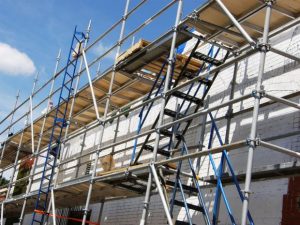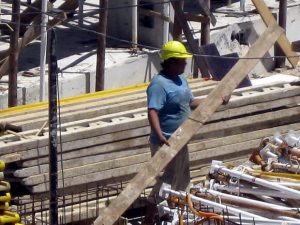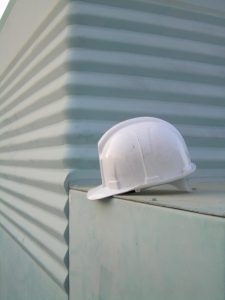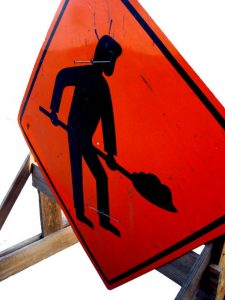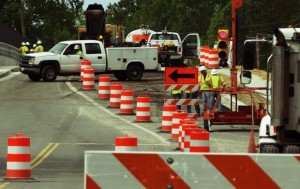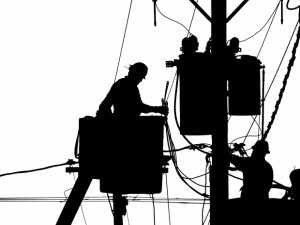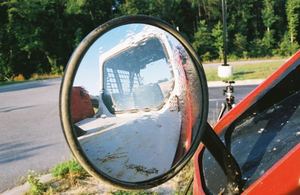Two important types of injury insurance most working Americans should have are: Workers’ compensation and underinsured motorist (UIM) coverage. The first provides no-fault coverage of medical bills and lost wages in the event one is injured on-the-job. The second provides coverage for the wrongful acts of negligent drivers who don’t have enough insurance to cover the full extent of an injured person’s medical bills and other losses. 
In cases where both types of coverage apply, plaintiffs need to know that they are not entitled to double recovery. That is, they can’t collect compensation for medical bills from the workers’ compensation insurer and then also collect and keep it from the UIM carrier. Most insurance policies contain some type of offset provision whereby benefits are reduced by the amount paid to the insured by a legally liable third party. In some situations, insurers might assert something called “subrogation rights,” which means if you collect duplicate benefits from a third party, the insurer can file for a lien to collect those benefits.
It’s important when you have suffered an injury that may allow you to collect from multiple insurance companies that you hire a law firm with extensive experience. Failure to do so may result in missing out on certain benefits or being forced to repay benefits already collected from a third party. Continue reading ›
 Florida Injury Lawyer Blog
Florida Injury Lawyer Blog


